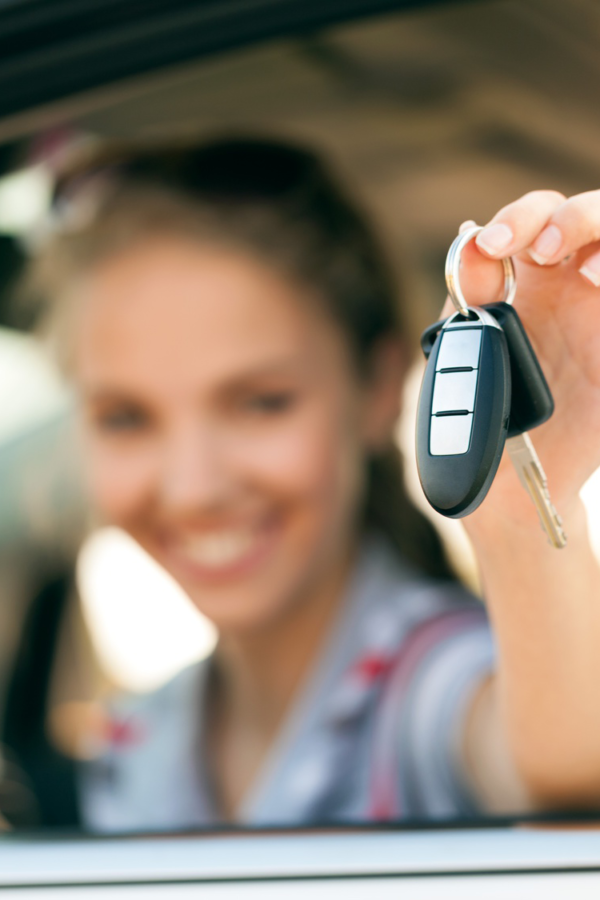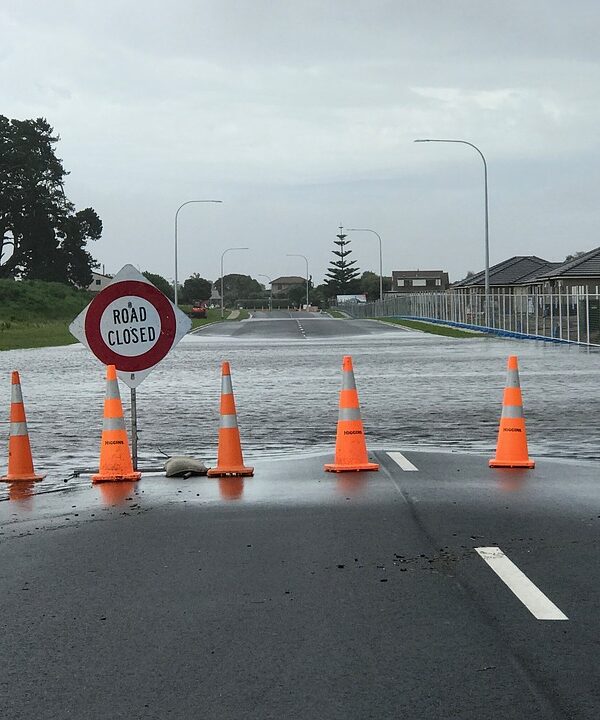Courtesy of http://www.iii.org/press-release/what-do-women-business-owners-want-credible-accurate-insurance-advice-022616 Women have made great strides in the business world in the past few decades. And business insurance is essential to protecting their hard-earned capital, according to the Insurance Information Institute (I.I.I.). Forty years ago women owned just 5 percent of all small businesses in the United States. Today, they own one-third, generating nearly $1.5 trillion in revenue and employing over 7.9 million people. Between 1997 and 2015, the number of women-owned firms increased by 74 percent, according to the 2015 State of Women-Owned Businesses Report. And the majority of new women-owned firms launched in 2014 were owned by minority women. “Whether launching a new business, growing your business or competing in the global marketplace, it is essential that women business owners get the right type and amount of coverage,” said Loretta Worters, a vice president with …
Auto Insurance and Teenage Drivers
Courtesy of iii.org For parents, the excitement of having a first-time driver in the house is usually tempered with worry. With little driving experience, immature drivers are at a higher risk for accidents. Of course, safety concern is uppermost in most parents' minds but other stressors—like the high cost of insuring your new driver and the financial liability implications of a teen driving mishap—can be reduced with these steps. Before getting a learners permit, make a call to your insurance professional Your agent or rep can clearly explain the costs involved in insuring a teenage driver. The good news is, as your teenager gets older, insurance rates will drop—providing he or she has a good driving record. Therefore… Involve your teen in the car insurance discussion From the outset, it's important to talk to your kid about the relationship between driving a car and the attendant responsibilities, including insurance costs. Explain and reinforce driving safety tips and the …
Are You Covered in the Case of a Natural Disaster?
Courtesy of iii.org. Homeowners and businesses in California’s Butte, Sutter and Yuba counties who have flood insurance will be covered if the Lake Oroville Dam’s auxiliary spillway fails, according to the Insurance Information Institute (I.I.I.). Revised forecasts call for about 10 inches of rain heading to the area according to the LA Times. Roughly 50,047 single- and multi-family residential homes could be damaged with an estimated reconstruction cost value of $13.3 billion if the Oroville Dam in California were to fail completely, according to new data analysis from CoreLogic that included the six primary counties in that area. “The potential for flooding poses a significant threat to life and property in these northern California counties and forced the evacuation of almost 200,000 of residents,” said Janet Ruiz, the I.I.I.’s California Representative. “Standard homeowners, renters and business insurance policies do not cover flood-caused damage. A separate flood …


